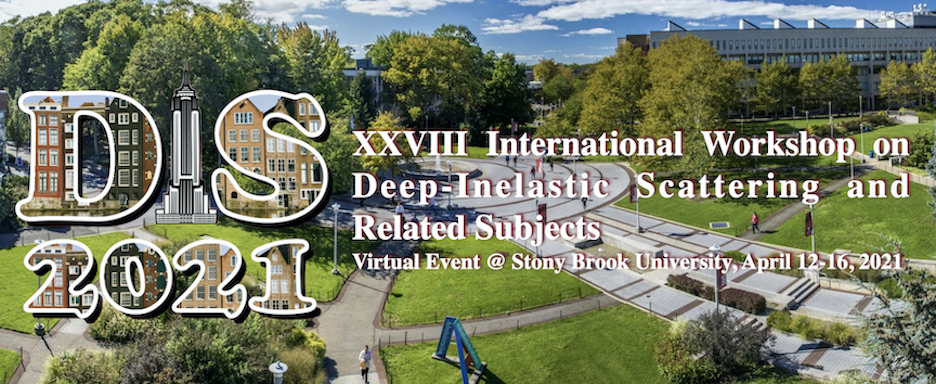Speaker
Description
Jets are algorithmic proxies of hard scattered partons, i.e. quarks/gluons, in high energy collisions. Current jet measurements utilize algorithms that cluster objects, either particles from an event generator or charged tracks/calorimeter towers in experiments, iteratively depending on the distance between objects and a momentum threshold. These clustering algorithms contain additional information regarding the jet shower that has been exploited in vacuum, i.e. in $pp$ collisions, via the SoftDrop algorithm to provide a handle on the jet shower via its splitting. The STAR collaboration has recently measured jet sub-structure observables in $pp$ collisions at $\sqrt{s} = 200$ GeV including the jet mass ($M$), SoftDrop groomed jet mass ($M_{g}$), groomed jet radius ($R_{g}$) and shared momentum fraction ($z_{g}$) for jets with varying jet radius and momentum. To further explore the jet sub-structure, we present the first measurement of the jet shower at the first, second and third splits via the iterative SoftDrop procedure. For each of these splits, we measure the fully corrected $z_{g}$ and $R_{g}$. We also showcase virtuality evolution in both the angular and momentum scales in data. These recursive measurements of the jet shower allow us to test the self-similarity of the DGLAP splitting function. The relatively low jet transverse momenta at RHIC energies, compared to those at the LHC, implies we are less sensitive to next-to-leading order effects on the jets themselves, but the corrections due to non-perturbative effects end up quite significant especially as we probe further along the jet shower history. We compare our measurements to current state-of-the-art Monte Carlo models, providing stringent constraints on model parameters related to the shower and non-perturbative effects such as hadronization. These measurements serve as a first step towards identifying and tagging jets based on their shower characteristics.

